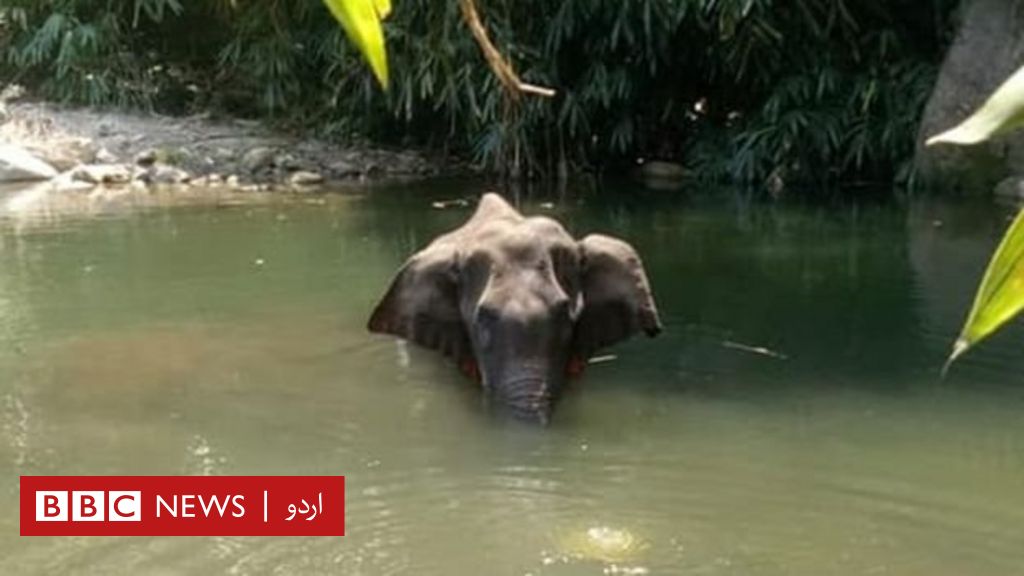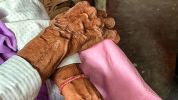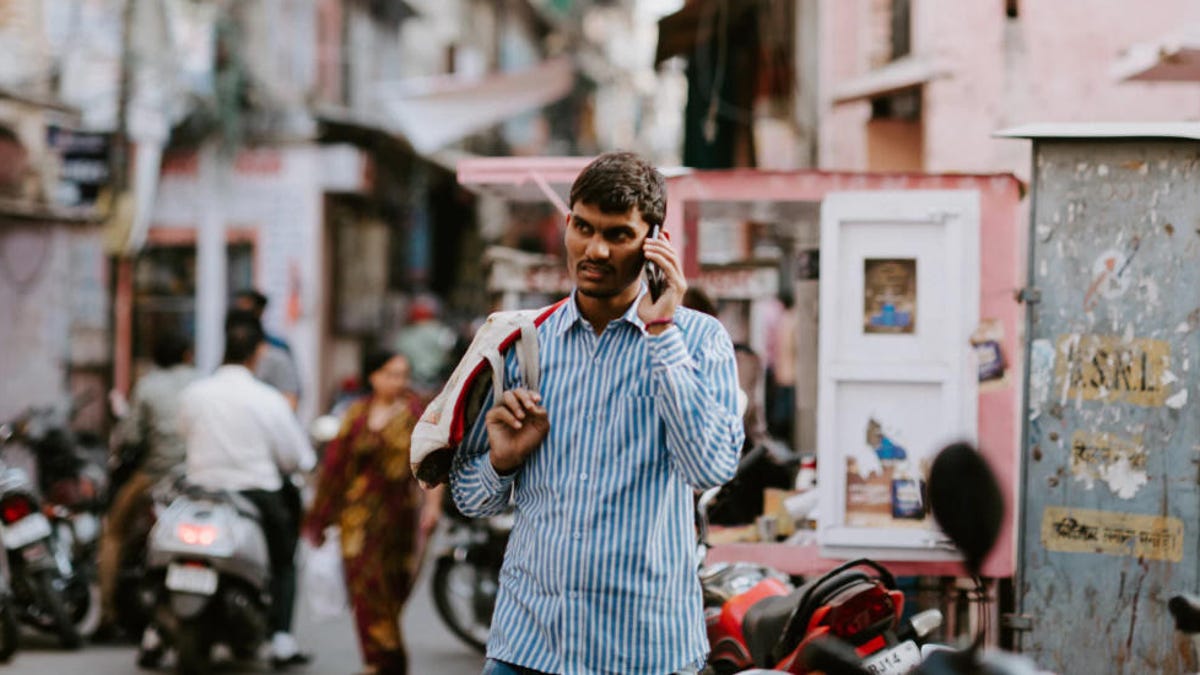8 hospitals in 15 hours: A pregnant woman's crisis in the pandemic
23.06.2020
By Jeffrey Gettleman, Suhasini Raj
View attachment 13985
Medical workers speak with family members outside the COVID-19 ward at Lok Nayak Jai Prakash Narayan Hospital, 15 June, 2020, New Delhi, India. Source: AAP
Her baby was coming, and her complications were growing more dangerous. But nowhere would take her - an increasingly common story as India’s health care system buckles under pressure.
Neelam Kumari Gautam woke up at 5am with shooting labor pains.
Her husband put her gently in the back of a rickshaw and motored with her to a hospital. Then another. Then another. Her pain was so intense she could barely breathe, but none would take her.
“Why are the doctors not taking me in?” she asked her husband, Bijendra Singh, over and over again. “What’s the matter? I will die.”
Mr Singh began to panic. He knew what he was up against. As India’s coronavirus crisis has accelerated — India is now reporting more infections a day than any other nation except the United States or Brazil — the country’s already strained and underfunded health care system has begun to buckle.
A database of recent deaths reveals that scores of people have died in the streets or in the back of ambulances, denied critical care. Ms Gautam’s odyssey through eight different hospitals in 15 hours in India’s biggest metropolitan area serves as a devastating window into what is really happening in the country.
Indian government rules explicitly call for emergency services to be rendered, but still people in desperate need of treatment keep getting turned away, especially in New Delhi, the capital. Infections are rising quickly; Delhi’s hospitals are overloaded; and many health care workers are afraid of treating new patients in case they have the coronavirus, which has killed more than 13,000 people in India.
“There is currently little or no chance of admission to hospitals for people with COVID-19, but also for people with other intensive care needs,” read a warning just issued by the German Embassy in New Delhi.
After watching reports on Indian television showing dead bodies in the lobby of a government hospital and crying patients being ignored, a panel of judges on India’s Supreme Court said, “The situation in Delhi is horrendous, horrific and pathetic.”
The bigger picture is that Prime Minister Narendra Modi’s government is struggling with overlapping crises. Last week,
Chinese troops beat 20 Indian soldiers to death along their disputed border in the Himalayas, triggering the most dangerous showdown between the two nuclear powers in decades.
At the same time, India’s economy is nose-diving, and the coronavirus pandemic has cost this country more than 100 million jobs. Desperate to turn the economy around, Mr Modi has rejected health experts’ counsel to put the country back under lockdown, saying that India must “unlock, unlock, unlock.”
When things got better, Mr Singh and his wife had hoped to buy an apartment in a gated community in Noida, a satellite city of New Delhi crammed with tall glass buildings, many malls and many hospitals. She worked on an assembly line producing electrical wire. He serviced machines at a printing press.
View attachment 13986
A family photo from 2018 of Bijendra Singh and Neelam Kumari Gautam with their son, Rudraksh.
Courtesy the family of Bijendra Singh
Together, Mr Singh, 31, and Ms Gautam, 30, earned a respectable $8,000 a year, putting them solidly in India’s rising middle class. “Two wheels of a well-oiled machine, making our family go around,” Mr Singh said.
Their son, Rudraksh, turned 6 just before their new baby was due.
As Ms Gautam entered her ninth month, she ran into some health problems and spent five days in late May and early June in the hospital for pregnancy-related high blood pressure, bleeding and possibly typhoid.
On 5 June, as she began to go into labour, the first hospital they tried was the ESIC Model Hospital, a sprawling government facility in Noida. Mr Singh said that the first thing the doctor said to her was, “I’ll slap you if you take off your mask.”
They were shocked, Singh said. But Ms Gautam was having trouble breathing. They didn’t argue. She begged for oxygen, which the hospital had, along with ventilators. But instead of helping, the doctor told them to go to another government hospital, on the other side of town. There, too, she was turned away.
An administrator at the first hospital declined to comment, and a doctor at the second hospital said Ms Gautam needed intensive care, which the hospital couldn’t provide.
Even before COVID-19 arrived, Indian hospitals were beleaguered. The Indian government spends less than 2,000 rupees (about $26) per person per year on health care. The hope during India’s lockdown, which began in late March but was mostly lifted by early June, was that the restrictions would slow the spread of the virus and give cities time to scale up hospital capacity before the worst hit.
That didn’t happen, or not nearly enough, and Delhi now finds itself thousands of beds short; the central government just repurposed hundreds of railway cars to be used as sick bays. And still there is great confusion about admitting patients who don’t have the coronavirus.
Some hospitals say they need to test every patient before treating them. Others simply perform a quick temperature check.
The third hospital that Ms Gautam went to, Shivalik Hospital, was the one that had treated her for her prenatal troubles. This time, doctors gave her a little oxygen, but her husband said they feared she might have the coronavirus and abruptly ordered her to leave.
“We are a small mother and child hospital,” said the hospital’s director, Ravi Mohta. “We did what we could.”
The couple hobbled back to the rickshaw. Ms Gautam was fading. She stopped talking and began heavily sweating. She clung to her husband’s hand.
It wasn’t simply that the doctors couldn’t help her, her husband said. It was as if they didn’t want to help her.
“They didn’t care if she was dead or alive,” he said.
At a fourth hospital, a branch of Fortis, an Indian health care giant, he pleaded for a ventilator. Mr Singh said the doctor’s response was, “She’s going to die. Take her wherever you wish.”
In a statement, the hospital said that it had no space for her, tried to stabilise her and then offered to take her by ambulance to another hospital. Mr Singh said that the hospital’s efforts were cursory and that there was no offer of an ambulance.
They tried three other hospitals, hurrying from one to the other, losing precious time. When all refused, Mr Singh called the police.
He said that two officers met him at the entrance of the Government Institute of Medical Sciences, a large public hospital, and tried to persuade the doctors to admit his wife. But the doctors wouldn’t listen to the police officers, either.
Administrators at that hospital declined to comment.
'Save me'
After that failed, they raced in an ambulance to Max Super Specialty Hospital in Ghaziabad, more than 40 kilometres away. It was now late afternoon, still bright, around 37 degrees outside. More than eight hours had passed since Ms Gautam and her husband had set off from their home, eager to meet their new baby soon.
But the Max hospital — their eighth that day — gave them the same heartbreaking answer: no beds.
Ms Gautam closed her eyes and whispered, “Save me.”
Mr Singh told the ambulance to rush back to the Government Institute of Medical Sciences.
He hunched in the back, leaning over his wife, pleading with her not to give up. He looked down at her face. She reached up and clutched his shirt. Her hands tightly clenched the fabric.
As they finally pulled into the hospital, she stopped breathing. Her neck slumped. Mr Singh jumped out of the ambulance, grabbed a wheelchair and frantically wheeled her into the emergency room.
At 8.05pm after eight different hospitals and 15 hours, Ms Gautam was pronounced dead. The baby also died.
A preliminary government investigation said, “Hospital administration and staff have been found guilty of carelessness.”
She has not been the only pregnant woman to die in labor after being turned away. The same thing happened to a young mother in Hyderabad and another in Kashmir. In that case, the family said, the hospital staff were so uncaring that they didn’t even help with an ambulance to take the body home. The woman’s family had to wheel her body down the road, in a stretcher, for several kilometres.
As authorities consider criminal charges in Ms Gautam’s case, her husband spends his days at home looking after his son, Rudraksh. The boy asked him to throw away all of his mother’s clothes.
“They remind me of her,” he said.
The spark has gone out of Rudraksh’s eye, Mr Singh said.
A few days ago, he told his dad that when he grows up, he wants to be a doctor, so “I can make dead people come alive.”
By Jeffrey Gettleman and Suhasini Raj © 2020 The New York Times

 www.bbc.com
www.bbc.com




